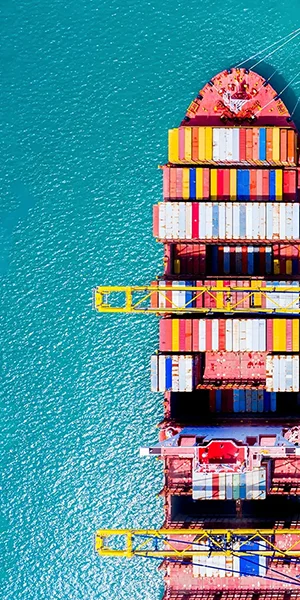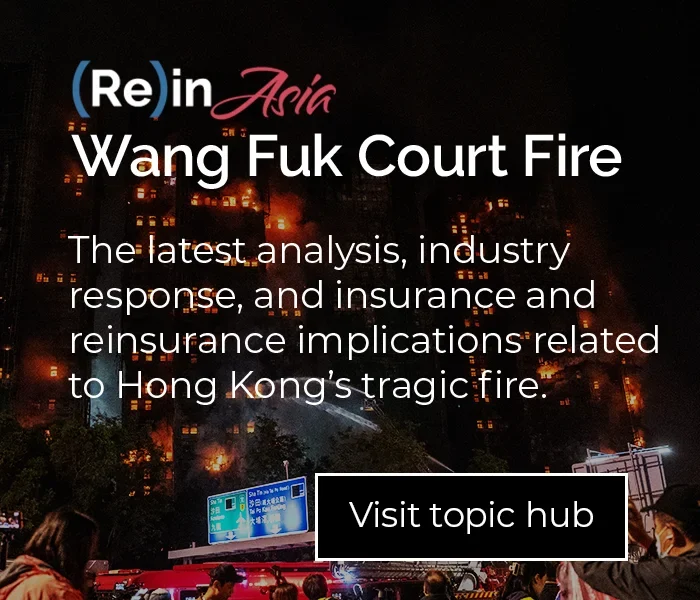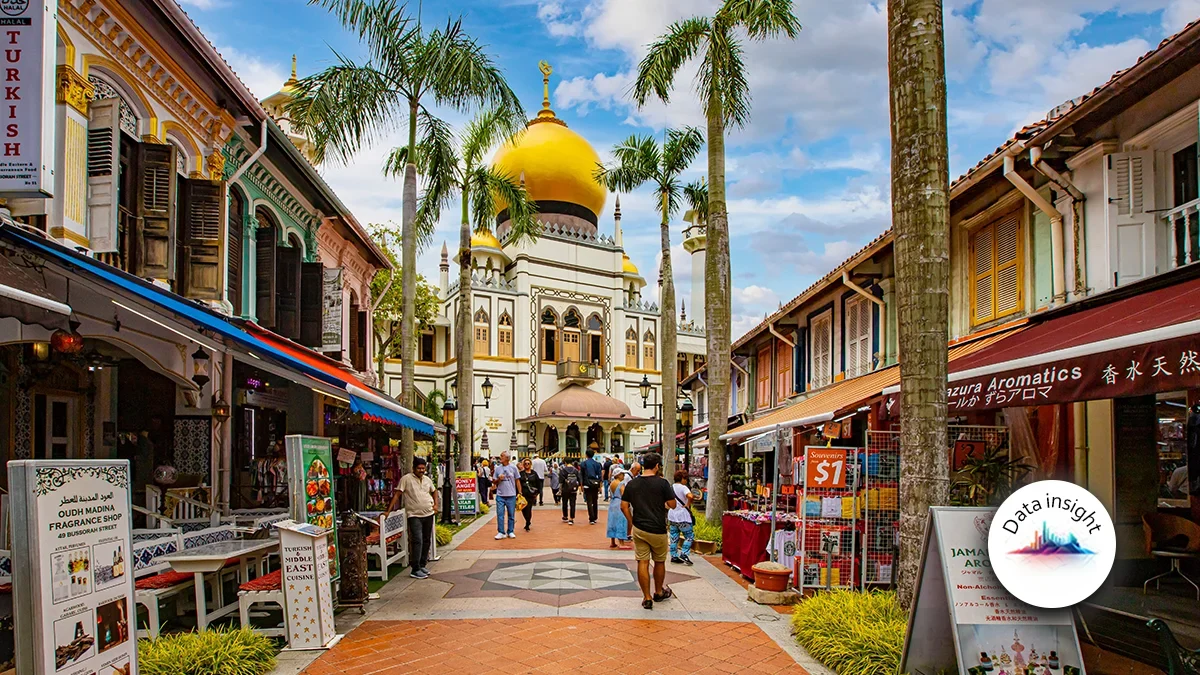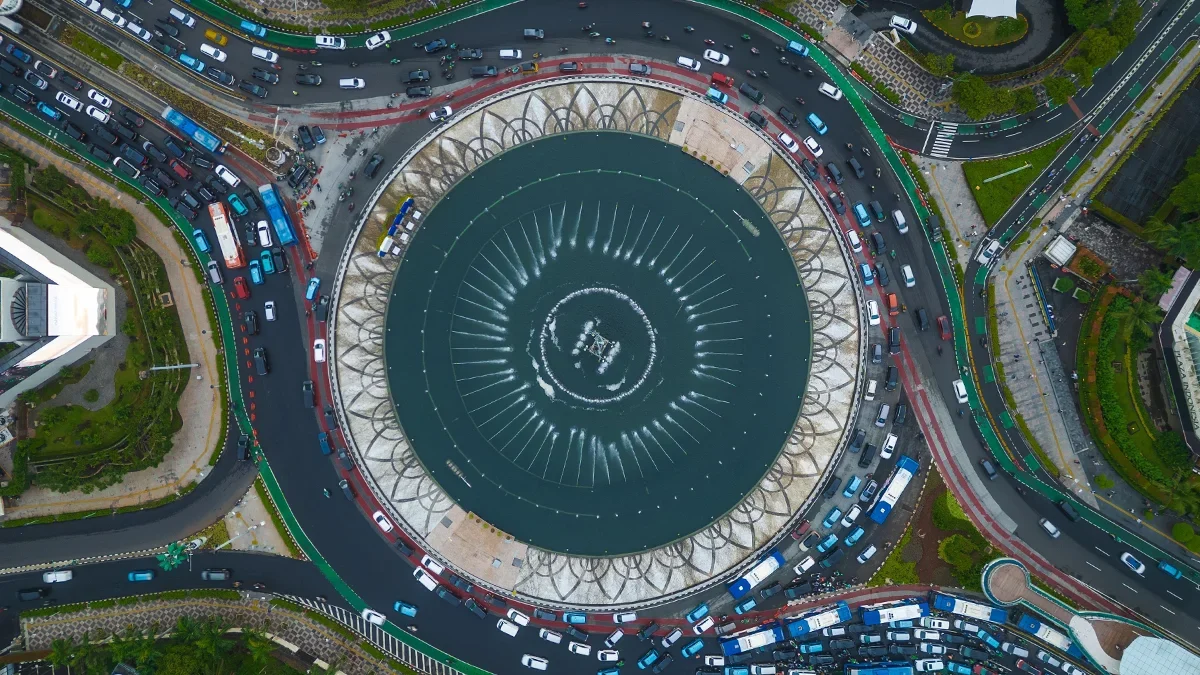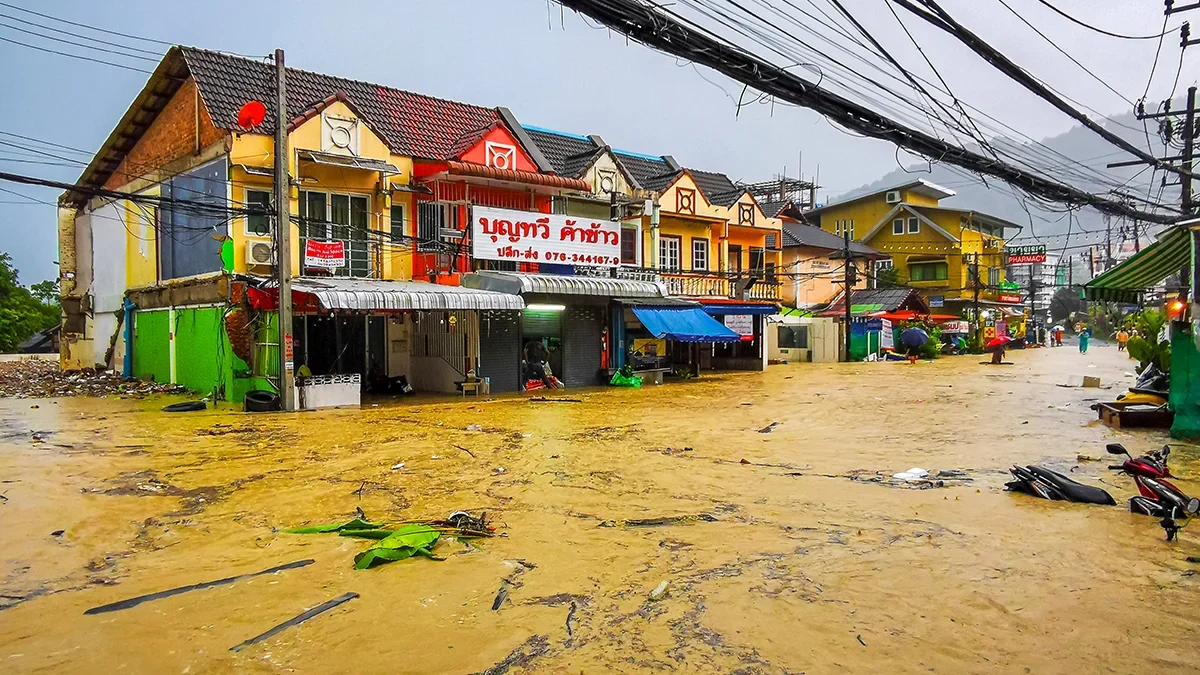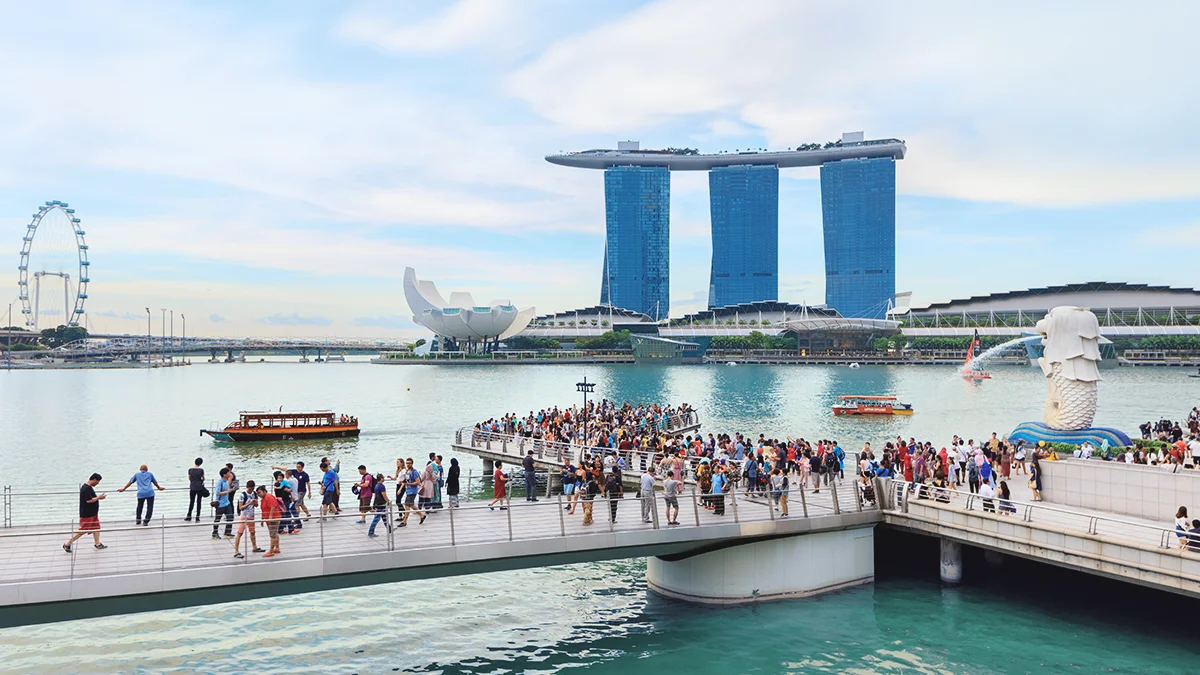(Re)in Summary
• US service fees on Chinese-built vessels, effective October 2024, are forcing shipowners to reassess shipbuilding strategies amid tariff uncertainty.
• Ageing global fleets pose escalating total loss risks, with substantial portions built during the 2008-• 2012 boom now entering higher-risk operational phases.
• Vessels over 20 years old account for nearly 60% of machinery damage cases, making them increasingly uneconomical to repair.
• Engine fire frequency has spiked among older vessels across all ship types, driving up claims costs for marine insurers.
• Shipowners are adopting a wait-and-see approach, potentially repositioning fleets away from US trades if levies cannot be passed to charterers.
Rising claims severity and new geopolitical pressures are forcing marine insurers to reassess their underwriting approach, as ageing global fleets and US tariffs on Chinese vessels create added risk complexity, industry leaders said during the workshops at IUMI 2025.
The US’s proposed fees on maritime transport services provided by Chinese-built vessels, effective October 14, threaten to reshape marine insurance risk portfolios already strained by an ageing global fleet. The tariffs, following a United States Trade Representative (USTR) Section 301 investigation, could significantly impact hull coverage and P&I exposures.
With China commanding 74% of all newbuilding orders in 2024, the tariffs’ impact on insurance risk assessment and pricing could be substantial, especially for vessels trading with the US.
“A substantial portion of today’s fleet was constructed between 2008 and 2012, during the last new building boom,” said Ilias Tsakiris, chair of IUMI’s Ocean Hull Committee and CEO of American Hellenic Hull.
With order books at just 16% of the world’s existing fleet, insurers face prolonged exposure to ageing vessels, added Tsakiris. The average vessel age is 22.6 years as of 1 July 2025, with 35% of vessels exceeding 25 years. Claims data shows 41% of incidents involve ships aged 25 and over, highlighting the correlation between vessel age and risk.
“The primary driver of claim severity is concentrated in the older segment of the global fleet. Older vessels increasingly become uneconomical to repair, making them likely to be constructive total losses (CTLs) after incidents,” Tsakiris said. This trend, combined with extended voyages from rerouting and shadow fleet expansion, is altering risk exposures in marine insurance portfolios.
The Nordic Association of Marine Insurers (Cefor), representing approximately 30% of global marine insurance coverage, reports that vessels aged 10-20 years now dominate their portfolio. Their data shows increased claims costs per vessel, particularly from fires, collisions and groundings.
Astrid Seltmann, IUMI’s facts & figures committee vice chair and actuary at Cefor, emphasised the surge in engine fire frequency among older vessels: “For most vessel types, the higher age groups have a higher frequency of engine fires. You need to maintain them, put more care into making them run.”
Knock-on effects
For insurers, the market’s apparent softening – driven by new MGA capacity and war risk premium influx – creates additional challenges. “Our market appears soft externally, but internal realities are uncompromisingly hard,” said Tsakiris. “The only sustainable path forward is disciplined underwriting and investment in skill development. Our margin for error is increasingly fragile.”
Marine insurers face a complex risk environment as geopolitical tensions and trade policies reshape vessel deployment patterns, according to a recent Allianz review. While traditional marine loss frequencies have decreased, underwriters are incorporating new risk factors from war-related exposures and tariff uncertainties into their models.
The uncertainty surrounding US tariffs on Chinese-built vessels is prompting insurers to reassess coverage strategies, despite container orderbooks remaining robust at 9.95 million TEU, according to Alphaliner data.
“Right now, we’re still in the period of uncertainty,” said Chris Lambe, insurance manager at Eastern Pacific Shipping in Singapore. “It has a huge knock-on effect on where we’re looking to build our ships in the future, [on whether] we have to move our large orders into Japan or Korea and other shipbuilding nations.”
The insurance implications extend beyond construction risks to operational exposures, as shipowners take a wait-and-see approach to the USTR decision. Underwriters are highly focused on how potential changes in trading patterns might affect risk accumulation and claims scenarios.
The potential repositioning of vessels in response to service fees presents new challenges for marine insurers’ risk assessment and portfolio management, according to Patrick Kirkman, general manager at LNG and energy shipping giant BW Maritime. “If it’s not profitable, you will see more non-Chinese built ships calling the US and owners repositioning other ships,” he said.
These fleet movements could greatly impact insurers’ geographic risk concentrations and require adjustments to coverage terms. Given the US’s limited capacity to build ships domestically, questions remain about the economic viability of its tariff strategy. “I think to exclude the world’s largest shipbuilder would probably be imprudent. It’s better to wait and see what happens,” said Kirkman.






